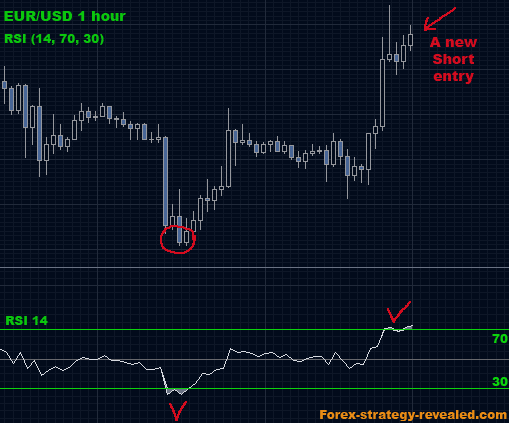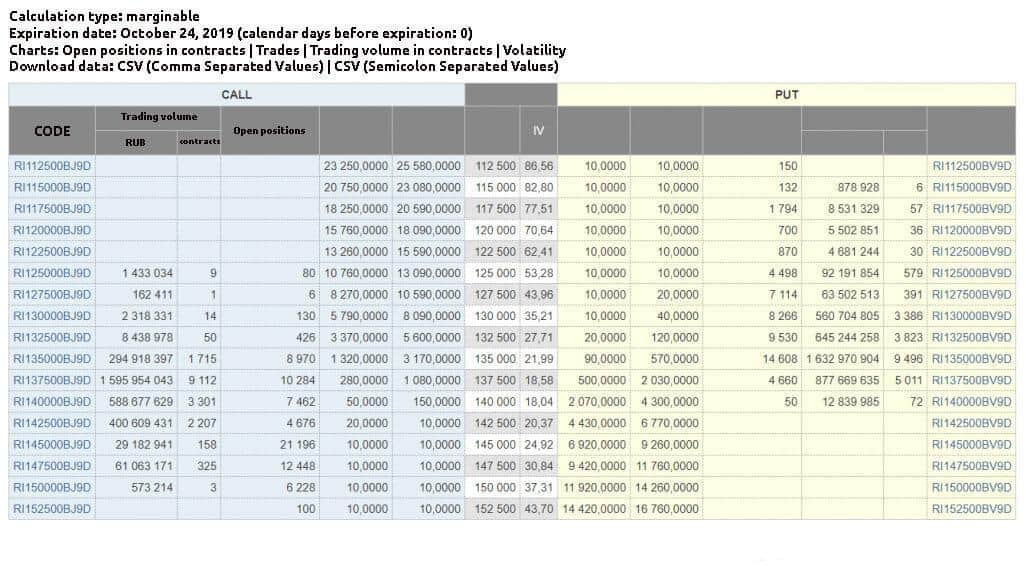
You should invest in the most defensive stocks if you want to maximize your investment return. Protecting your portfolio against future market risks can be as easy as investing in defensive stocks. Even though some companies can seem dull or not very interesting, they are still valuable investments. These stocks can weather any market downturn because they are uniquely positioned. Fundamental analysis can help you identify the most defensive stocks and reap the benefits. Here are some of them.
CVS
CVS is a strong pharmacy and retail retailer. It recently acquired Aetna, a major health insurance company. Its recent synergies with Aetna have helped it produce $2.3 billion in quarterly profits. GM, meanwhile, took a major hit in the 2008 U.S. auto bailout, but has since turned around to enjoy great success. In recent years, the company has continued to decrease its debt and has been able pay out a steady dividend.

General Dynamic
General Dynamics is a solid investment option if you are looking for a reliable bet. The company has an impressive track record of capital returns and shareholder value creation, and its current war in Ukraine is a major tailwind for the defense contractor. General Dynamics stocks are not expected to return a large amount of their total returns at current levels. However, strong tailwinds from the war are creating favorable conditions for defense and aerospace contractors. This may limit their upside in the near term.
Unilever
British multinational firm has proven to be a reliable stock picker when it comes down to defensive stock selection. While the company's recent failed bid for GlaxoSmithKline has signalled a lack of organic growth prospects, it is unlikely to continue declining in the short term. Investors have not paid much attention to it in the past. The stock's price has rebounded due to this news. Unilever is an international multinational with a low P/E of 15.6 and a yielding dividend of 4.06%.
Pfizer
A dividend is the key to maintaining stability in your portfolio. Although COVID-19 vaccine sales may eventually fall, they are not an irreversible source for profits. Branded drug companies have a history of experiencing rapid declines in the sales of their main products. As a consequence, their market shares are decreasing and their patent protection is deteriorating. The company's product portfolio is what will determine its long-term stability.

Walmart
Walmart is one of the most trusted defensive stocks. This blue chip mega-cap has a strong underlying business structure. Even though shares have only increased 0.39% over the past year, they are still among the best. This is due to the company's expansion and recent launch of a subscription-based service similar in nature to Amazon Prime. Although the stock is relatively cheap, the company has managed to increase its earnings, dividends and margins over the past few years.
FAQ
What is a Stock Exchange and How Does It Work?
Stock exchanges are where companies can sell shares of their company. This allows investors the opportunity to invest in the company. The market decides the share price. The market usually determines the price of the share based on what people will pay for it.
Companies can also get money from investors via the stock exchange. To help companies grow, investors invest money. This is done by purchasing shares in the company. Companies use their money in order to finance their projects and grow their business.
A stock exchange can have many different types of shares. Some are known simply as ordinary shares. These are the most common type of shares. Ordinary shares are traded in the open stock market. The prices of shares are determined by demand and supply.
Preferred shares and bonds are two types of shares. When dividends become due, preferred shares will be given preference over other shares. These bonds are issued by the company and must be repaid.
What is a bond?
A bond agreement between two parties where money changes hands for goods and services. Also known as a contract, it is also called a bond agreement.
A bond is typically written on paper, signed by both parties. This document details the date, amount owed, interest rates, and other pertinent information.
When there are risks involved, like a company going bankrupt or a person breaking a promise, the bond is used.
Bonds can often be combined with other loans such as mortgages. This means that the borrower has to pay the loan back plus any interest.
Bonds are used to raise capital for large-scale projects like hospitals, bridges, roads, etc.
It becomes due once a bond matures. This means that the bond owner gets the principal amount plus any interest.
Lenders lose their money if a bond is not paid back.
Why are marketable securities Important?
A company that invests in investments is primarily designed to make investors money. It does this through investing its assets in various financial instruments such bonds, stocks, and other securities. These securities have certain characteristics which make them attractive to investors. They are considered safe because they are backed 100% by the issuer's faith and credit, they pay dividends or interest, offer growth potential, or they have tax advantages.
Marketability is the most important characteristic of any security. This is the ease at which the security can traded on the stock trade. Securities that are not marketable cannot be bought and sold freely but must be acquired through a broker who charges a commission for doing so.
Marketable securities are government and corporate bonds, preferred stock, common stocks and convertible debentures.
Investment companies invest in these securities because they believe they will generate higher profits than if they invested in more risky securities like equities (shares).
Statistics
- Even if you find talent for trading stocks, allocating more than 10% of your portfolio to an individual stock can expose your savings to too much volatility. (nerdwallet.com)
- "If all of your money's in one stock, you could potentially lose 50% of it overnight," Moore says. (nerdwallet.com)
- Individuals with very limited financial experience are either terrified by horror stories of average investors losing 50% of their portfolio value or are beguiled by "hot tips" that bear the promise of huge rewards but seldom pay off. (investopedia.com)
- The S&P 500 has grown about 10.5% per year since its establishment in the 1920s. (investopedia.com)
External Links
How To
How to Trade Stock Markets
Stock trading involves the purchase and sale of stocks, bonds, commodities or currencies as well as derivatives. Trading is French for "trading", which means someone who buys or sells. Traders trade securities to make money. They do this by buying and selling them. This is the oldest form of financial investment.
There are many options for investing in the stock market. There are three basic types of investing: passive, active, and hybrid. Passive investors do nothing except watch their investments grow while actively traded investors try to pick winning companies and profit from them. Hybrid investors use a combination of these two approaches.
Passive investing can be done by index funds that track large indices like S&P 500 and Dow Jones Industrial Average. This strategy is extremely popular since it allows you to reap all the benefits of diversification while not having to take on the risk. You can simply relax and let the investments work for yourself.
Active investing involves picking specific companies and analyzing their performance. The factors that active investors consider include earnings growth, return of equity, debt ratios and P/E ratios, cash flow, book values, dividend payout, management, share price history, and more. They will then decide whether or no to buy shares in the company. If they feel the company is undervalued they will purchase shares in the hope that the price rises. If they feel the company is undervalued, they'll wait for the price to drop before buying stock.
Hybrid investing combines some aspects of both passive and active investing. You might choose a fund that tracks multiple stocks but also wish to pick several companies. This would mean that you would split your portfolio between a passively managed and active fund.